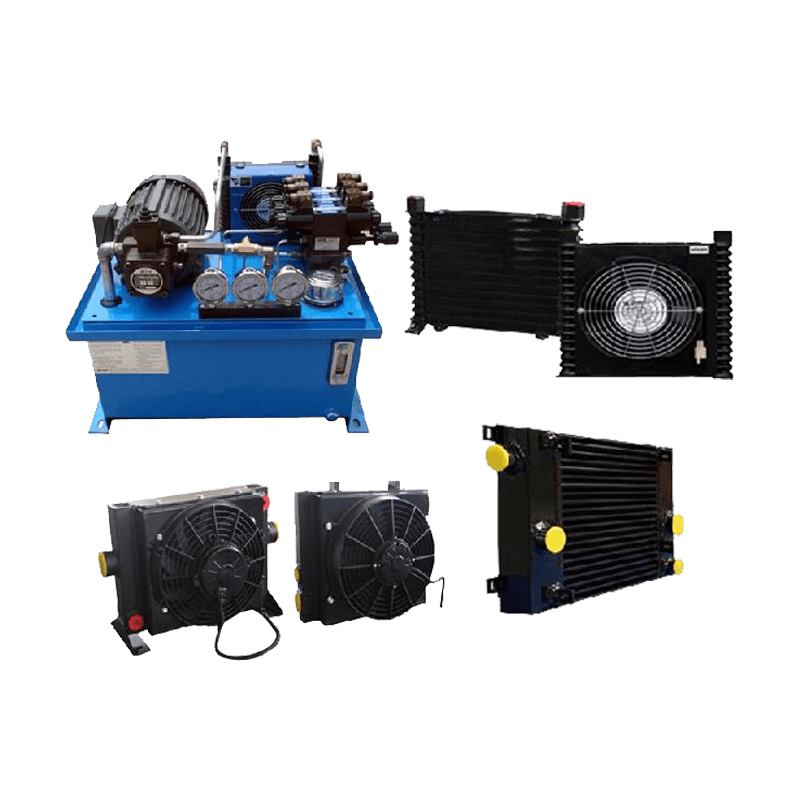 +86-13812067828
+86-13812067828
Understanding the thermal performance of a hydraulic system heat exchanger is essential for anyone involved in the design, maintenance, or optimization of hydraulic equipment. While basic explanations of function are helpful, professionals evaluating heat exchanger options must dig deeper into quantifiable performance indicators to make informed decisions. These metrics not only guide proper selection but also serve as critical benchmarks for evaluating system efficiency over time.
One of the most important metrics is the heat transfer coefficient, which reflects how effectively heat is moved from the hydraulic fluid to the cooling medium. This value depends on fluid velocity, surface area, and the materials used in the construction of the heat exchanger. In real-world applications, deviations in this coefficient often indicate fouling, improper flow rates, or degraded performance. The higher the coefficient, the better the exchanger is at maintaining the desired fluid temperature, which directly influences component longevity and system reliability.
Pressure drop is another key consideration that is frequently misunderstood or underestimated. While a hydraulic system heat exchanger must efficiently dissipate heat, it must also minimize resistance to fluid flow. Excessive pressure drop can lead to energy losses, pump strain, and ultimately, reduced system performance. Engineers must strike a careful balance—selecting a unit that provides adequate heat rejection without compromising hydraulic pressure and flow characteristics.
Thermal resistance, or the inverse of conductance, is equally vital for evaluating heat exchanger effectiveness. Lower thermal resistance equates to more efficient heat removal, which is especially important in high-duty-cycle or precision-controlled systems. This parameter is influenced not only by the geometry of the exchanger but also by factors such as cleanliness, material selection, and system integration quality. Proper design and regular maintenance can significantly reduce thermal resistance over the life of the equipment.

In dynamic hydraulic environments, it’s also important to consider transient thermal response. Systems that operate under fluctuating loads need heat exchangers capable of adapting quickly to changes in fluid temperature. The thermal inertia of the unit—the time it takes to react to temperature changes—can have a substantial impact on system responsiveness and energy consumption. For mobile or precision-driven applications, faster thermal stabilization often translates to higher efficiency and better control.
The interplay of these thermal performance metrics isn't just academic; it shapes real-world outcomes. As a manufacturer with years of experience in fluid power cooling, we understand that optimizing thermal behavior isn’t about maximizing a single parameter—it’s about achieving the right balance for your specific application. Whether you’re sourcing a hydraulic system heat exchanger for an industrial press, a mobile excavator, or a custom OEM system, evaluating these thermal factors will lead to more informed decisions and better long-term value.
With the increasing demand for energy-efficient and low-maintenance solutions, choosing the right heat exchanger goes beyond catalog specs. We work closely with clients to match the most suitable configurations with the specific performance metrics that matter most in the field. A properly selected hydraulic system heat exchanger doesn’t just protect your investment—it enhances it by supporting stable, efficient, and cost-effective operation over time.